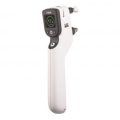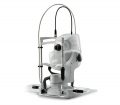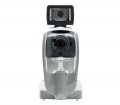-
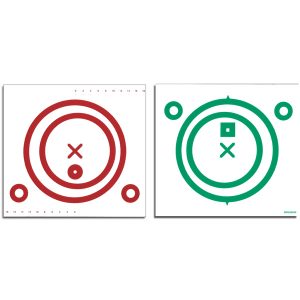
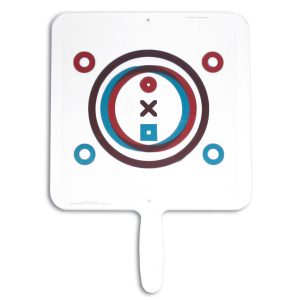 The new clear fixation paddle is 12" x 12" made of clear polycarbonate. Uses targets with cling material which adheres and removes easily from the front or back of the paddles by adhesion forces. Targets can be layered to set prismatic demands, including vertical!!! They allow patient to fuse in free space, shift accommodation through the paddles and back to the target. By turning the paddles around you can easily shift from base-in to base-out demand, as well as change the 3D target from coming towards you to going away. The In-Office unit (HFIXIO) is a two-piece model that comes with comfortable plastic handle. The Home unit (HFIXH) is one piece, clear polycarbonate. Red/Green Clings are available in High Definition (HD) or half tones. Half tones cancel better but don't work well except against white wall or lit surface. HD work well for Sports Vision Training.
The new clear fixation paddle is 12" x 12" made of clear polycarbonate. Uses targets with cling material which adheres and removes easily from the front or back of the paddles by adhesion forces. Targets can be layered to set prismatic demands, including vertical!!! They allow patient to fuse in free space, shift accommodation through the paddles and back to the target. By turning the paddles around you can easily shift from base-in to base-out demand, as well as change the 3D target from coming towards you to going away. The In-Office unit (HFIXIO) is a two-piece model that comes with comfortable plastic handle. The Home unit (HFIXH) is one piece, clear polycarbonate. Red/Green Clings are available in High Definition (HD) or half tones. Half tones cancel better but don't work well except against white wall or lit surface. HD work well for Sports Vision Training. -
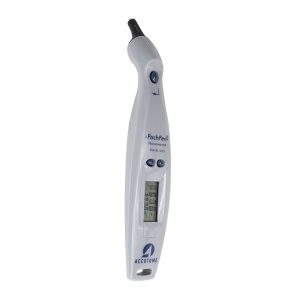
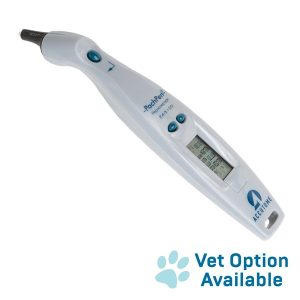 Accutome’s PachPen and PachPen Vet are the perfect combination of accuracy, portability and comfort. The superior ergonomic design fits comfortably in any hand, which is a major improvement from other handheld models.The PachPen is also equipped with Accutome’s Digital Signal Analysis which will eliminate non perpendicular measurements on the cornea.
Accutome’s PachPen and PachPen Vet are the perfect combination of accuracy, portability and comfort. The superior ergonomic design fits comfortably in any hand, which is a major improvement from other handheld models.The PachPen is also equipped with Accutome’s Digital Signal Analysis which will eliminate non perpendicular measurements on the cornea. -
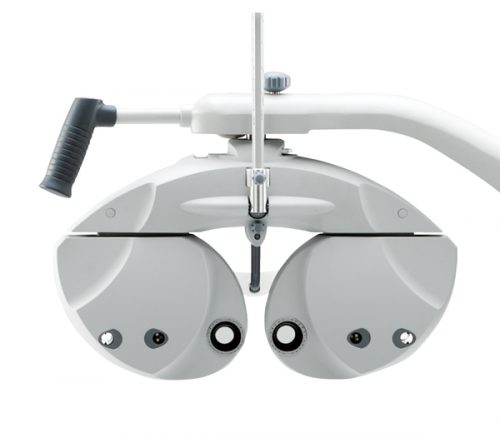
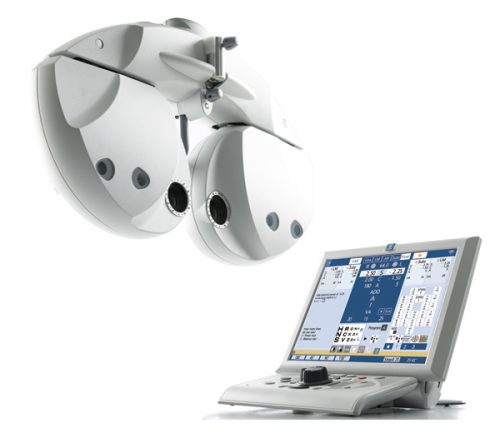 Features
Features- Breakthrough refractor for precise and efficient examinations
- Streamlined refractor head
- User-friendly control console
- Binocular open refraction
- Program edit function
- Simplified data transfer
-
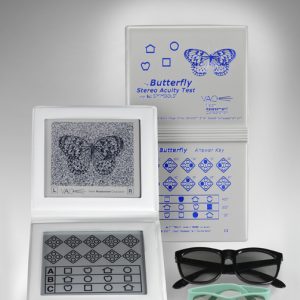 Designed to rapidly test for amblyopia and strabismus using gross thru fine stereopsis (2500 to 20 seconds of arc). Graded circle test from 400 seconds now down to 20 seconds with no monocular clues. New improved booklet has answer key on back cover and includes polarized viewers.
Designed to rapidly test for amblyopia and strabismus using gross thru fine stereopsis (2500 to 20 seconds of arc). Graded circle test from 400 seconds now down to 20 seconds with no monocular clues. New improved booklet has answer key on back cover and includes polarized viewers.- Graded circle test from 400 seconds now down to 20 seconds
- No monocular clues with NEW Technology
- New improved booklet
- Answer key on back cover
- Includes both adult and pediatric polarized viewers
-
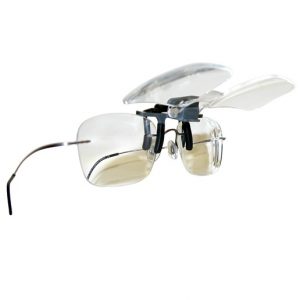
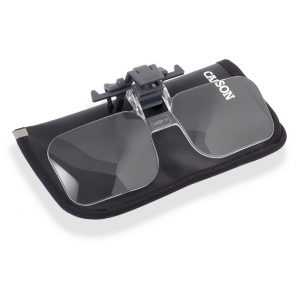 The CF-10 Clip and Flip™ from Carson Optical are a flip-up, 1.5x power Magnifying lenses that turns any pair of regular glasses into “flip-down” Hands Free Magnifiers. The Clip and Flip™ Magnifiers can assist with hobbies, crafts or reading. Included with the Magnifying Lenses is a pouch.
The CF-10 Clip and Flip™ from Carson Optical are a flip-up, 1.5x power Magnifying lenses that turns any pair of regular glasses into “flip-down” Hands Free Magnifiers. The Clip and Flip™ Magnifiers can assist with hobbies, crafts or reading. Included with the Magnifying Lenses is a pouch. -
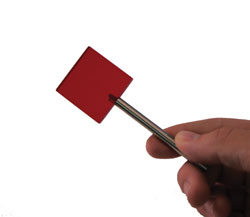 Red Maddox Stick Prism Item #: ASPSR
Red Maddox Stick Prism Item #: ASPSR -
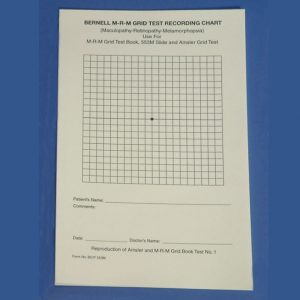 SMD FORMS WHITE WITH BLACK LINES Item #: BCF553M
SMD FORMS WHITE WITH BLACK LINES Item #: BCF553M -
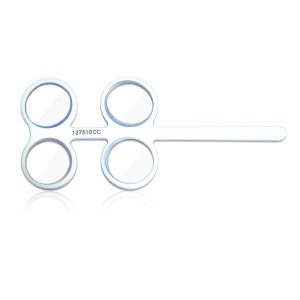
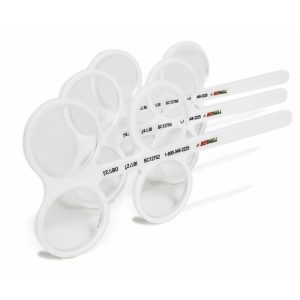 Flat prisms or Corrected Curved Prisms Professional training with two yoked prism pairs. Beginning with the highest powers through which a patient can fuse and focus, prism flippers are exchanged for the next higher powers through the training sequence. Great for early presbyopes with high exo with new bifocals! Please specify diopter power when ordering and if flat prism or corrected for abberations and made as thin as possible (corrected curved). Item #: BC1275+
Flat prisms or Corrected Curved Prisms Professional training with two yoked prism pairs. Beginning with the highest powers through which a patient can fuse and focus, prism flippers are exchanged for the next higher powers through the training sequence. Great for early presbyopes with high exo with new bifocals! Please specify diopter power when ordering and if flat prism or corrected for abberations and made as thin as possible (corrected curved). Item #: BC1275+ -
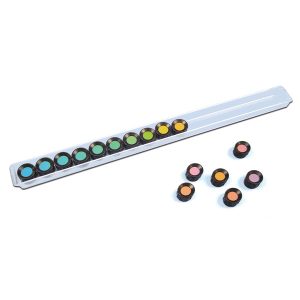 Farnsworth D15 Dichotomous Color Test Farnsworth Test for Congenital and Acquired color defects. The Farnsworth D-15 contains a reference disc holding notation 10 B 5 4 and fifteen numbered discs which make up an incomplete color circle. The patient arranges the discs and then evaluation of the patients arrangement separates 'normal' color perception from moderate and strong defects in deutan, protan or tritan axis color discrimination. The D-15 is housed in a plexiglass container. the disks are spread out on a table and arranged by the patient. The Farnsworth D-15 test is a subset of the well known Farnsworth 100 Hue Test. It is intended for classification instead of in-depth study of color vision defects. The D-15 and 100 hue tests are correlated. Growing Importance of Color deficiency Screening. In addition to congenital color deficiency screening there is growing evidence that adult acquired color deficiency, especially in yellow and blue perception, can indicate medical toxicity and other problems. Increasingly complex security and medical systems also require verification of all three types of color receptors. How the D-15 test works: The Farnsworth D15 is called 'dichotomous' because it is designed to separate subjects into one of two groups, 1) Strongly color deficient or 2) Mildly color deficient or color normal. This is accomplished by the arrangement of vivid (saturated) colored discs. A perfect score shows normal color perception. A non-perfect score is used to determine a medium or strong color deficiency.
Farnsworth D15 Dichotomous Color Test Farnsworth Test for Congenital and Acquired color defects. The Farnsworth D-15 contains a reference disc holding notation 10 B 5 4 and fifteen numbered discs which make up an incomplete color circle. The patient arranges the discs and then evaluation of the patients arrangement separates 'normal' color perception from moderate and strong defects in deutan, protan or tritan axis color discrimination. The D-15 is housed in a plexiglass container. the disks are spread out on a table and arranged by the patient. The Farnsworth D-15 test is a subset of the well known Farnsworth 100 Hue Test. It is intended for classification instead of in-depth study of color vision defects. The D-15 and 100 hue tests are correlated. Growing Importance of Color deficiency Screening. In addition to congenital color deficiency screening there is growing evidence that adult acquired color deficiency, especially in yellow and blue perception, can indicate medical toxicity and other problems. Increasingly complex security and medical systems also require verification of all three types of color receptors. How the D-15 test works: The Farnsworth D15 is called 'dichotomous' because it is designed to separate subjects into one of two groups, 1) Strongly color deficient or 2) Mildly color deficient or color normal. This is accomplished by the arrangement of vivid (saturated) colored discs. A perfect score shows normal color perception. A non-perfect score is used to determine a medium or strong color deficiency. -
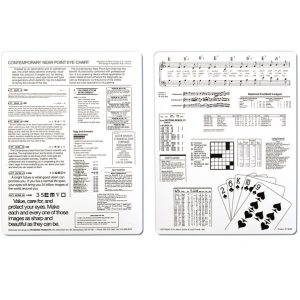 This sturdy 8.5" x 11" chart was created by an MD and OD to show most common task using your eyes. It can be used to screen for visual difficulties as well as demonstrate needs. Good for use in the exam room as well as the workup and dispensing rooms.
This sturdy 8.5" x 11" chart was created by an MD and OD to show most common task using your eyes. It can be used to screen for visual difficulties as well as demonstrate needs. Good for use in the exam room as well as the workup and dispensing rooms. -
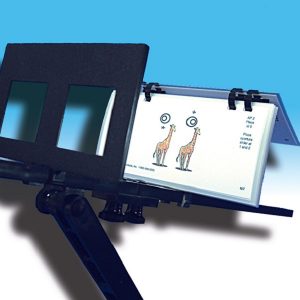
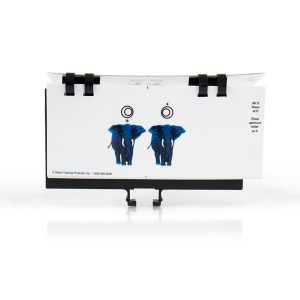 Colored Aperture Rule™ Cards These colorful cards add variation to your training.
Colored Aperture Rule™ Cards These colorful cards add variation to your training. -
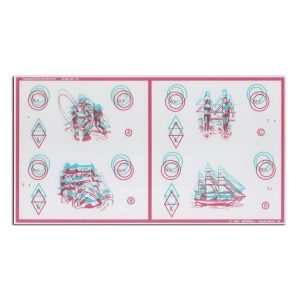
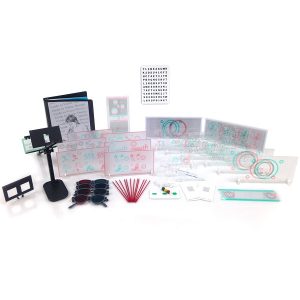 Provides a large selection of products useful in testing and training the most common vision training problems. Includes accommodative difficulties, poor fusional ranges, high phorias, exercises for strabismics, unresponsive & difficult to test patients. Red/Green slides or targets are used with Red/Green glasses providing Base-In, Base-Out training, Tranaglyph slides offer true space testing & training for heterophorias and low fusional ranges.
Provides a large selection of products useful in testing and training the most common vision training problems. Includes accommodative difficulties, poor fusional ranges, high phorias, exercises for strabismics, unresponsive & difficult to test patients. Red/Green slides or targets are used with Red/Green glasses providing Base-In, Base-Out training, Tranaglyph slides offer true space testing & training for heterophorias and low fusional ranges.

